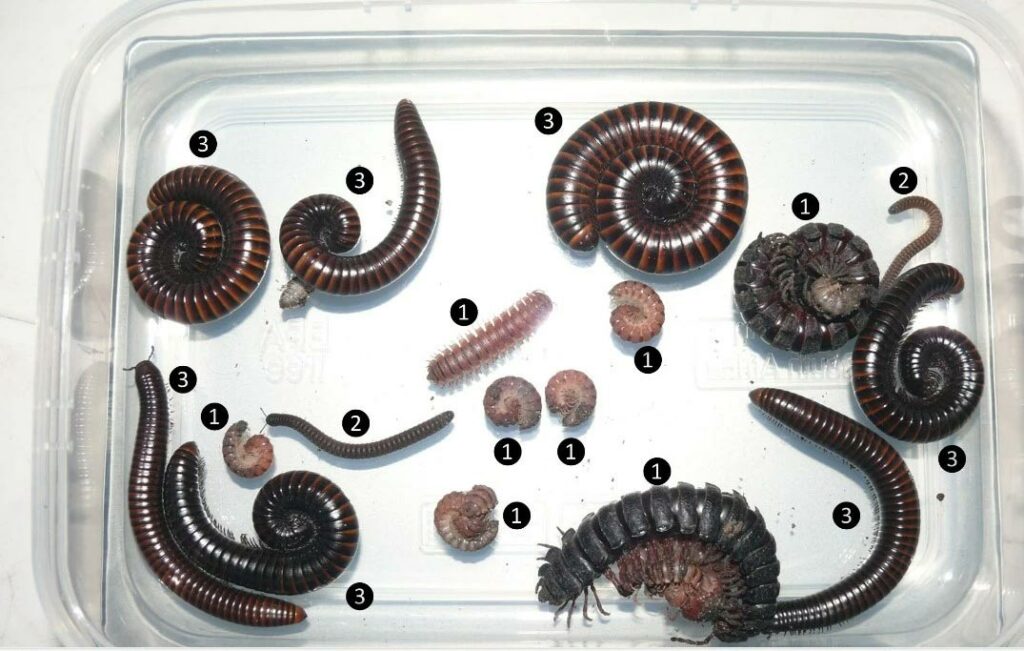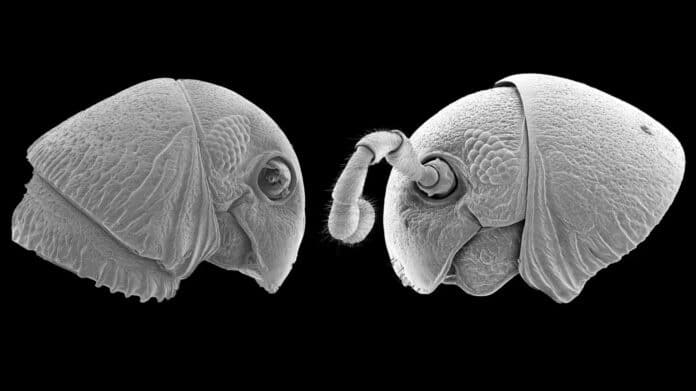University of the Sunshine Coast scientists have recently discovered a new genus of ‘alien-faced’ multi-legged forest dwellers in remote African jungles. They have uncovered a new genus and five new species of millipedes- many-legged creatures.
The heads of these creatures look like Star Wars characters. Scientists found them among forest litter and loose soil while researching tree and vine growth in Tanzania’s remote Udzungwa Mountains.
The discovery has the potential to shed light on two contrasting theories regarding the role of vines in forest recovery. One theory likens vines to bandages that protect the forest like a wound, while the other views them as ‘parasitoids’ that choke the forest.
The scientists named one of the newly discovered species, Lophostreptus magombera, in honor of the Magombera Nature Reserve. This reserve is a biologically unique forest that Professor Marshall has been working to conserve since the turn of the millennium.
The new genus is Udzungwastreptus. The five new species are Lophostreptus magombera, Attemsostreptus cataractae, Attemsostreptus leptoptilos, Attemsostreptus julostriatus and Udzungwastreptus marianae.
University of the Sunshine Coast Professor Andy Marshall said, “We record millipedes of all sizes during our fieldwork to measure forest recovery because they are great indicators of forest health, but we didn’t realize the significance of these species until the myriapodologists had assessed our specimens.”

The project, supported by the Australian Research Council, seeks to explore global forest recovery following significant disturbances.
Recent research conducted as part of a worldwide collaboration indicates that higher temperatures play a crucial role in the proliferation of woody vines in forests already impacted by activities like logging.
A notable feature of the largest African millipedes is their numerous legs, with some species growing up to 35 centimeters in length.
Professor Marshall, from UniSC’s Forest Research Institute, said while the millipedes they found were only a few centimeters long – they still had around 200 legs each.
“Unearthing the new genus and species of millipedes highlighted the huge amount of discovery remaining in tropical forests.”
Journal Reference:
- Enghoff, H., Ngute, A. S., Kwezaura, R. L., Laizzer, R. L., Lyatuu, H. M., Mhagawale, W., Mnendendo, H. R., & Marshall, A. R. (2024). A mountain of millipedes XI. The trachystreptoform spirostreptids of the Udzungwa Mountains, Tanzania (Diplopoda, Spirostreptida, Spirostreptidae). European Journal of Taxonomy, 918(1), 1–50. DOI: 10.5852/ejt.2024.918.2405
